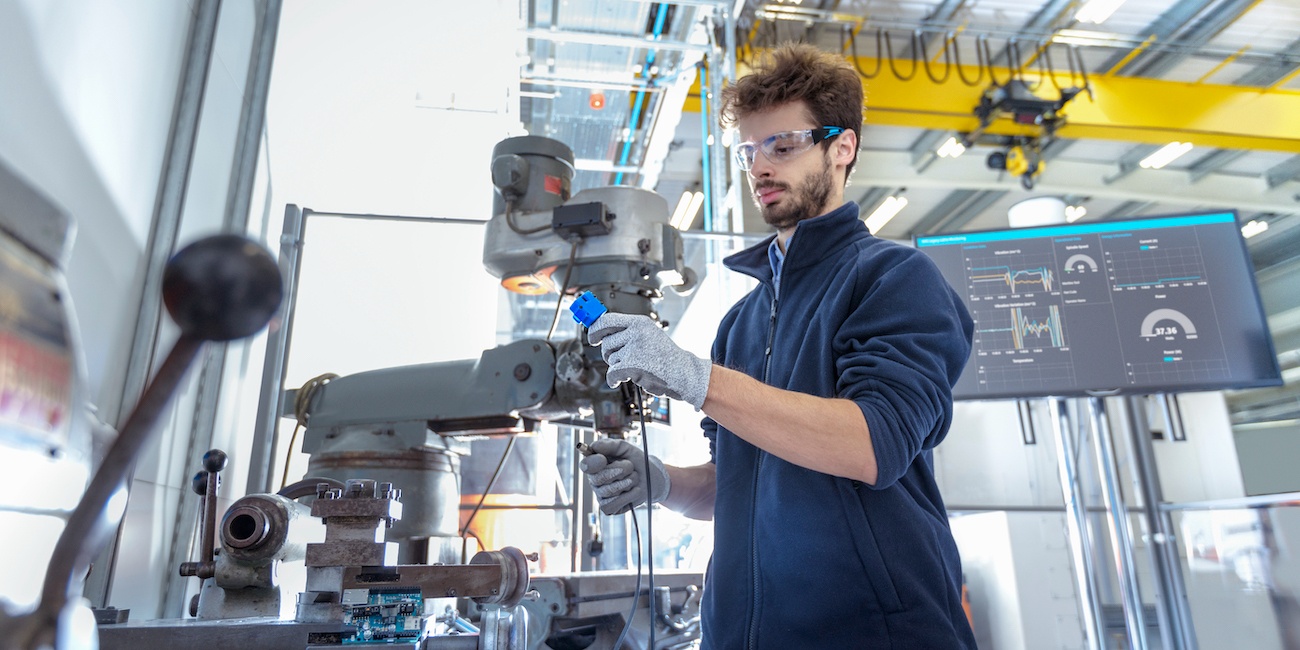Sparring about your Lean issue?
Call René
Kaizen allows people to participate directly in the work of improvement. But without the clear responsibility and follow-up of a manager, they are left alone with the consequences of the changes introduced.
Words from: Eivind Reke, Cyril Grass and Daryl Powell
Change for the better, self-sacrifice, continuous improvement. The art of Kaizen has many interpretations. But what if it is simpler than all those interpretations? Every time we talk to our Japanese friends about lean , they are always fascinated by our elaborate interpretations of the words and concepts. For example, did you know that the kanji characters in the word kanban translate to "looking closely at the wooden plank"? Or that the kai in kaizen translates to "whipping oneself"? "Very interesting" and "very smart, too smart for me" are common comments when we descend down the rabbit hole of overthinking and overanalyzing what we don't understand. We are as guilty of this as anyone else, so we are not to blame: we are all trying to figure out this meager stuff. So, what if we take a step back and revisit the situation?
What is the unique element of kaizen that sets it apart from other improvement methodologies and concepts?
Let's start with a story. Two of us, Eivind and Daryl, recently visited a company with Michael Ballé as part of our annual gemba tour of Norway. This company had hired a lean guy as manager of their production system and, as lean guys do, he set to work implementing improvements, engaging operators and visualizing flow. When we visited, he showed us some improvements he was particularly pleased with, having removed unnecessary activities from manual operations in the production of one of the company's new products. They had done many things from assembling parts to balancing work between stations and moving parts closer to the line. However, Michael felt they were not addressing the real problem - so after the lean manager urged the operators to participate in the discussion, the conversation shifted to technical changes that had been made to the product. These changes resulted in some products being delivered with a small but serious defect - a defect that could have serious consequences for the customer. Several months later, the lean manager revealed that after the gemba visit, he and the operators had addressed this problem and found a way to fix the defect through kaizen. But why hadn't they addressed it right away? And what does this mean for our understanding of kaizen? While we can and probably should do kaizen to remove muri, mura and muda from the process, the big gains lie in technical changes and follow-up. First, the lean manager worked on the problem he thought was most important, removing variation from the process. However, Michael saw a different kind of variation: technical variation that came from the technical changes that had been made to the new product design, which the operators had to work with themselves and could not follow up on, resulting in products that were sometimes good and sometimes bad. Ultimately, the problem turned out to be the operators' lack of knowledge of the technical parameters, which led to some products falling outside the technical tolerances, ultimately resulting in defects. Once the root cause was identified and understood, the operators themselves developed a standardized worksheet with clear step-by-step instructions, the reason behind each step and critical knowledge points.
What seems like a long time ago now, in 2016, Aramis Auto decided to make a major change in their product offering, which required major changes in both their logistics operation and their administrative operations, accounting, marketing and design of the offering. They wanted to introduce home deliveries of the cars people bought online. The goal was to incrementally improve sales in areas of France that were currently far from their outlets. The process was developed by a team of managers who had to agree on how they would tackle it together. As always with new processes, things didn't work as intended. Deliveries were late, delivery times were long and customers were not satisfied. For a long time, the people in the process were left alone with the problems and consequences of the big change. However, Juliette, a former kaizen employee, came to take over the operational role, and when she arrived, she started following up properly. Using kanban, she was able to identify one small problem after another, and together with the team, she began solving them and forming new practices that ultimately led to on-time deliveries, shorter lead times and satisfied customers.
Funnily enough, the three books in Michael Ballé's The Goldmine trilogy are all about how people evolve by dealing with engineering changes that somehow led to poor product quality, overload and wasteful processes. In The Goldmine, Phil struggles with how to fit the new product into existing manufacturing processes. In The Lean Manager, Andrew has to figure out how to make his factory profitable by introducing new products while making the old ones cheaper. And in Lead with Respect, Jane must find a way to change the software from one-size-fits all to a more flexible solution that can support the customer's business and not force them to adapt to the IT system. This begs the question: why is it so hard for us to go the engineering route when we do kaizen?
Lean did not originate in Europe or the US. Yes, German engineers introduced the concept of branch time to Japanese engineers. Yes, Kiichiro Toyoda visited the U.S. and was inspired by the moving assembly line perfected by Henry Ford. And yes, Toyota discovered the TWI program after the war and was inspired by Deming's famous lectures in Japan. However, pinning the origins of lean on any of these events would be like the famous skit in Monty Python's Life of Brian, in which Brian finally gets rid of his unwanted minions but loses a sandal in the process. The crowd then immediately begins to interpret the event in their own way, claiming that this is the right way. Lean originated in the Mikawa district, where Sakichii Toyoda was trying to make his mother's life easier - one technical change at a time. This same process led to the famous Jidoka innovation, which in turn funded the Toyoda family's entry into the automobile market. So what if we looked at kaizen from a new perspective, ignoring our Western perspective for once and trying to understand it from the point of view of its unique Buddhist, Confucian and Taoist origins?
It is easy to think that lean and kaizen will help us solve our messy systems that are stable but, well, messy. But in Buddhism, nothing is stable and there is only change. And guess what, kaizen means change - hopefully for the better - but it also involves follow-up and ownership. It requires us to appropriate the change and follow up to make sure it works in the real world before moving on to the next change. For its part, Taoism looks for the simplest way to do something by following the examples of nature. It prompts us to ask ourselves how to follow up in a simple and timely way, without hassle, whereas Confucianism assumes that we do things correctly by following the right behavior or ritual in accordance with the right situation. So what would be the right ritual or behavior for technical changes and follow-up? On the other hand, Western business management, with its emphasis on functions and silos, has taught us that top managers are responsible for defining and deciding the change, middle managers are responsible for implementing the change, and (this part they never tell you) front-line staff must deal with the consequences of the change. Classic AFP management as it was called in Harley Davidson: Another Good Program....
A recent conversation we had at a conference gala dinner with a Toyota plant manager revealed something interesting when we asked him about something we had seen while visiting Toyota plants in Japan. "Why are there so many people on the line discussing things with the operators?" we asked. We knew that engineers from the engineering department regularly visit the production line to learn about their design, but we hadn't realized how formalized this milestone is, and with clear ownership. The plant manager told us that the engineer talking to the operator probably verifies an engineering change she has made, something expected of her. This means that the kaizen approach to change means that the engineer or manager who makes the change really owns that change and is responsible for making sure that it works for the people on the front lines as well - making sure that the operators' work gets easier, not harder - and making sure that the quality of the product (or service) gets better, not worse for the customer. The same goes for changes in production processes or organizational changes. There is clear ownership to shape the change and make sure it works, for the better, with the result that both the company and the people develop together.
We truly believe that lean is about people, but if we put people first and there is no clear technical accountability, we will make changes in all directions without improving the overall system. So what is the compass that guides us in making the right changes that will impact our business performance? This is where lean becomes strategic and where our approach to strategy changes. Instead of letting our employees deal with the consequences of our changes, we start looking, finding and facing the consequences of our changes. This means accepting that what we think will happen and what actually happens are often not the same. Finding and facing means accepting and resolving the consequences of our changes and recognizing that front-line employees should not have to face them alone. Take responsibility for technical changes and follow up to make things better for customers, operators and the planet.
THE AUTHORS




Sign up for our newsletter